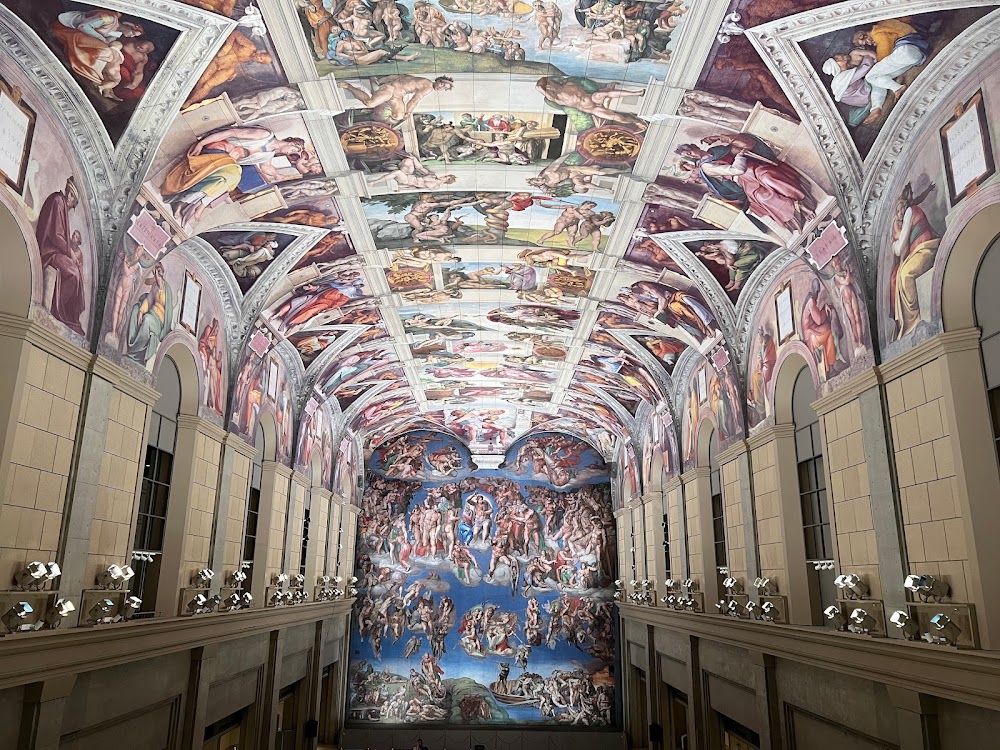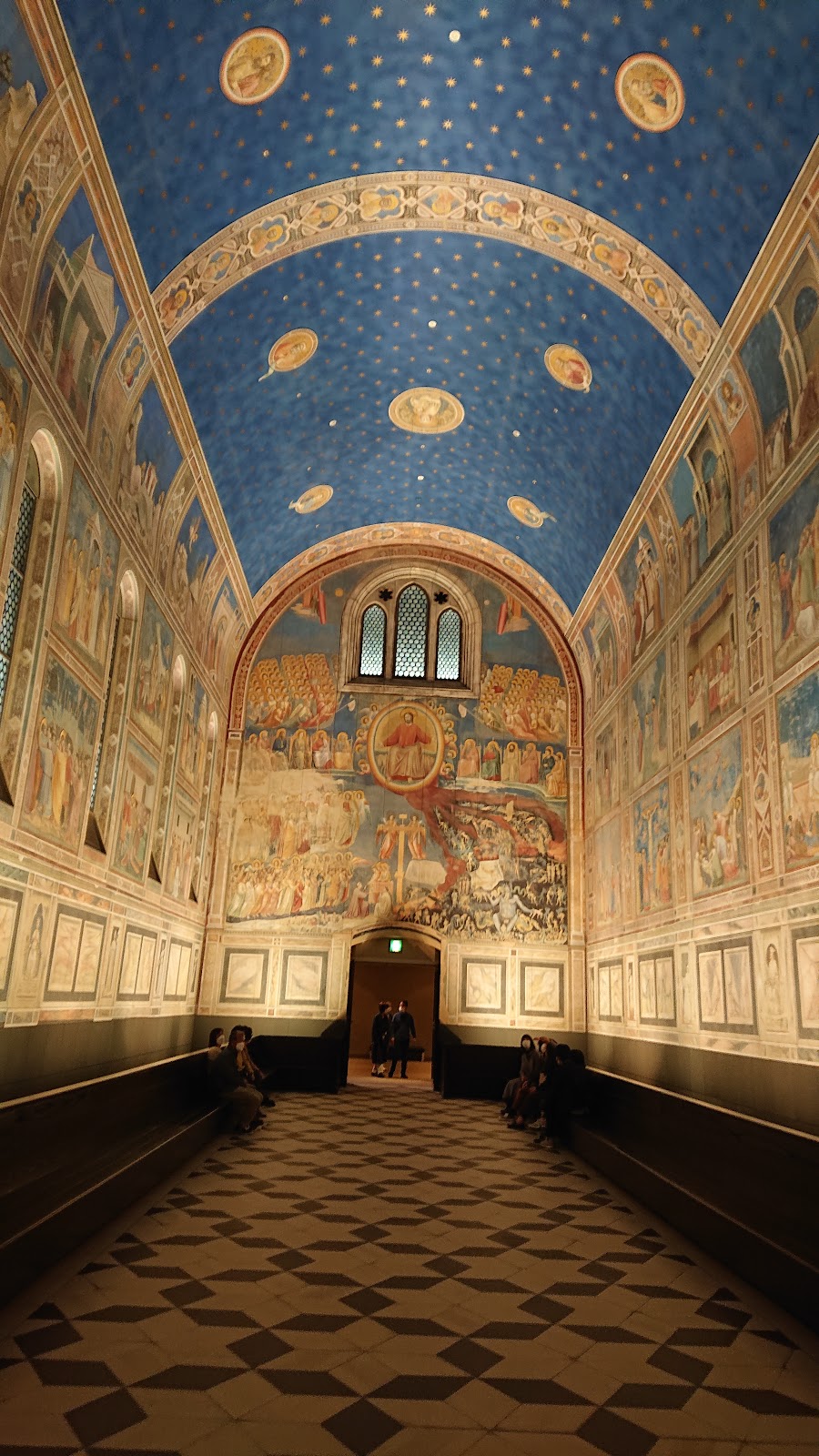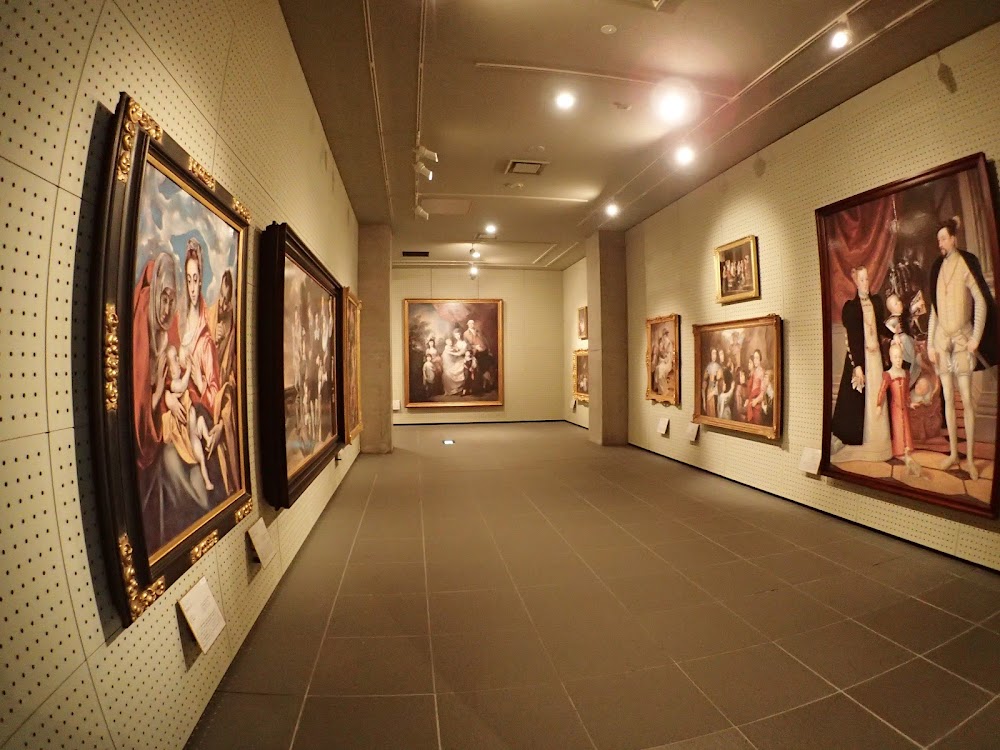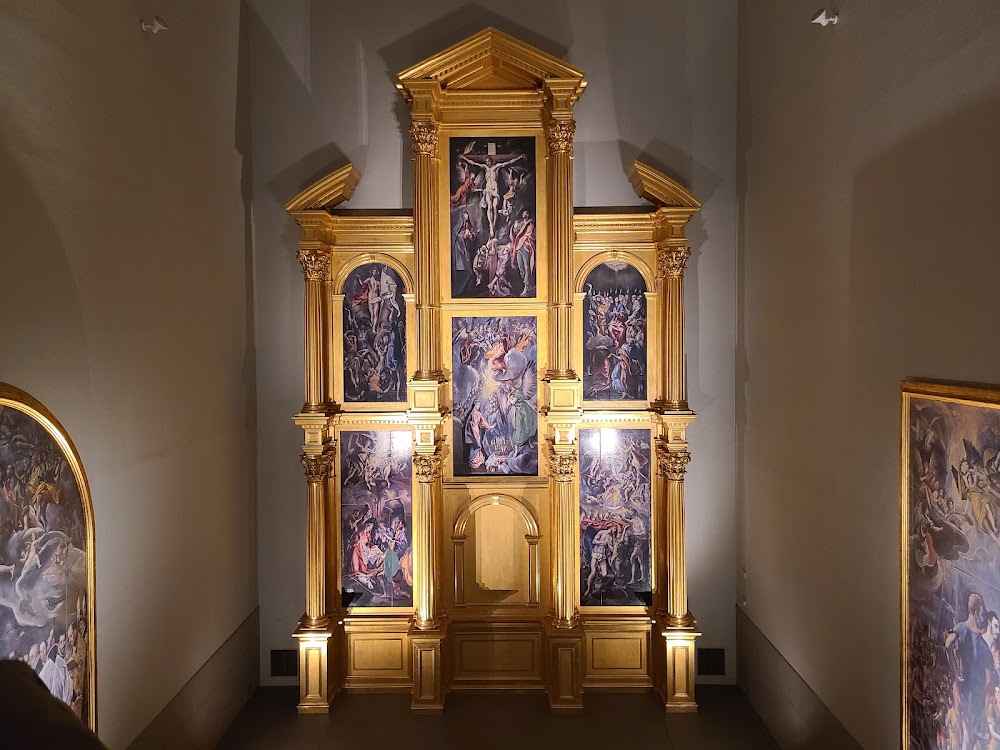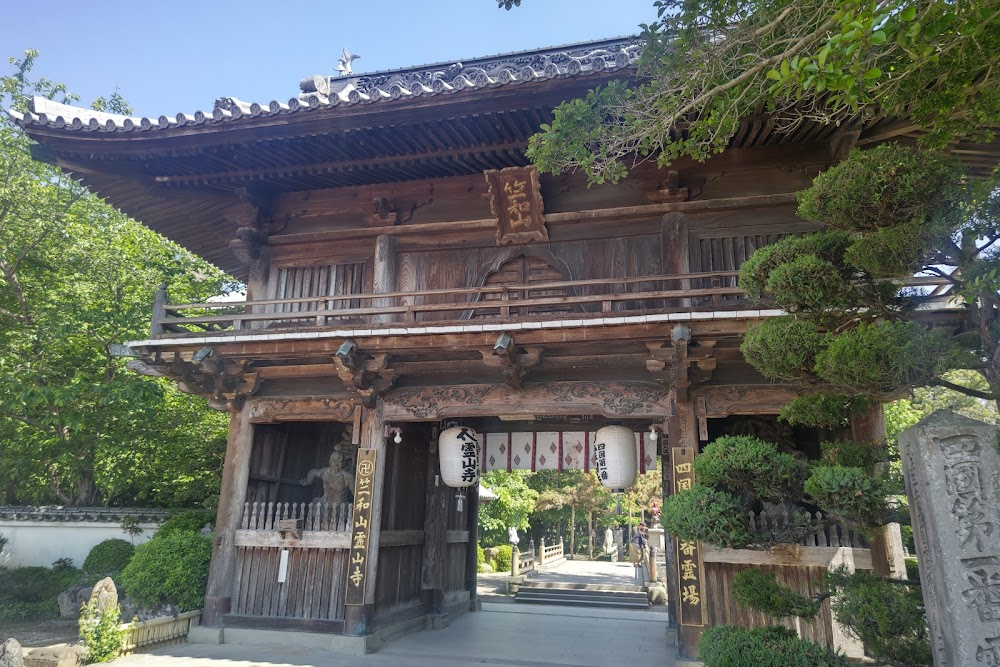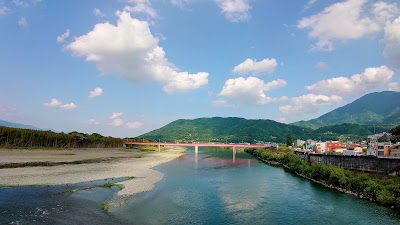Otsuka Museum of Art (大塚国際美術館)
Overview
The Otsuka Museum of Art, nestled in the scenic town of Naruto in Tokushima Prefecture, Japan, is a remarkable fusion of art and technology, offering a groundbreaking approach to the preservation and exhibition of masterpieces. Conceived by Masahito Otsuka, the honorary chairman of Otsuka Pharmaceutical Group, this unique gallery was born from his ambition to create a bridge between Japan and the world's artistic heritage. The museum allows a broad audience to experience celebrated artworks without the risks associated with transporting invaluable originals.
Opened in 1998 after a decade of meticulous planning and construction, the Otsuka Museum of Art is a marvel of both engineering and artistic skill. Unlike traditional museums that showcase original works, this museum specializes in full-scale ceramic reproductions of Western masterpieces. These are not mere prints; they are crafted using an innovative technique developed by the Otsuka Ohmi Ceramics Company, a subsidiary of Otsuka Pharmaceutical Group.
The ceramic reproduction process is intricate and fascinating. High-resolution photographs of original artworks are printed on special paper, which is then transferred onto ceramic surfaces through a heat press method. This technique ensures durability and longevity, allowing the ceramic boards to withstand environmental factors far better than traditional canvas. As a result, issues like fading or deterioration are significantly minimized.
Inside the museum, visitors can explore over 1,000 life-size ceramic reproductions spanning various periods and styles of Western art history. From ancient Greco-Roman frescoes to modern masterpieces, the collection includes iconic works such as Michelangelo's Sistine Chapel ceiling, Leonardo da Vinci's "The Last Supper," and Vincent van Gogh's "Starry Night." Each reproduction is carefully positioned in a context that reflects its original setting, providing an immersive and educational experience for art enthusiasts.
The museum's architecture is a stunning feat in itself, designed to harmonize with its natural surroundings. Perched on a hillside overlooking Naruto Park, the building seamlessly blends modern design with traditional Japanese aesthetics. Upon entering, visitors are welcomed into a grand hall filled with natural light and open spaces, creating an inviting atmosphere. From there, they can navigate various galleries that replicate the chronological flow of art history.
One of the museum's standout features is the Sistine Hall, where an extraordinary three-dimensional ceramic reproduction of the Sistine Chapel awaits. This hall offers visitors the rare opportunity to admire Michelangelo's frescoes up close—an experience typically reserved for those visiting the original Vatican site, where large crowds and restricted viewing angles often limit accessibility.
Beyond serving as an exhibition space, the Otsuka Museum of Art is deeply committed to art education and appreciation. Each artwork is accompanied by interactive tools and detailed explanations, allowing visitors to engage with the historical and cultural contexts of the pieces. The museum also hosts lectures, workshops, and special exhibitions, fostering a vibrant environment for learning and cultural exchange.
In addition to its impressive permanent collection, the museum takes pride in the meticulous maintenance of its displayed reproductions. The ceramic panels are easy to clean and resistant to environmental changes, ensuring that the reproductions remain vibrant and detailed for generations to come.
Ultimately, the Otsuka Museum of Art stands out not only for its extensive collection but also for its innovative approach to art preservation and appreciation. By bridging the gap between the fragility of original masterpieces and the public's desire for accessibility and education, the museum realizes Masahito Otsuka's vision of creating an enduring art experience. This commitment significantly enriches the cultural landscape of Japan and beyond.


